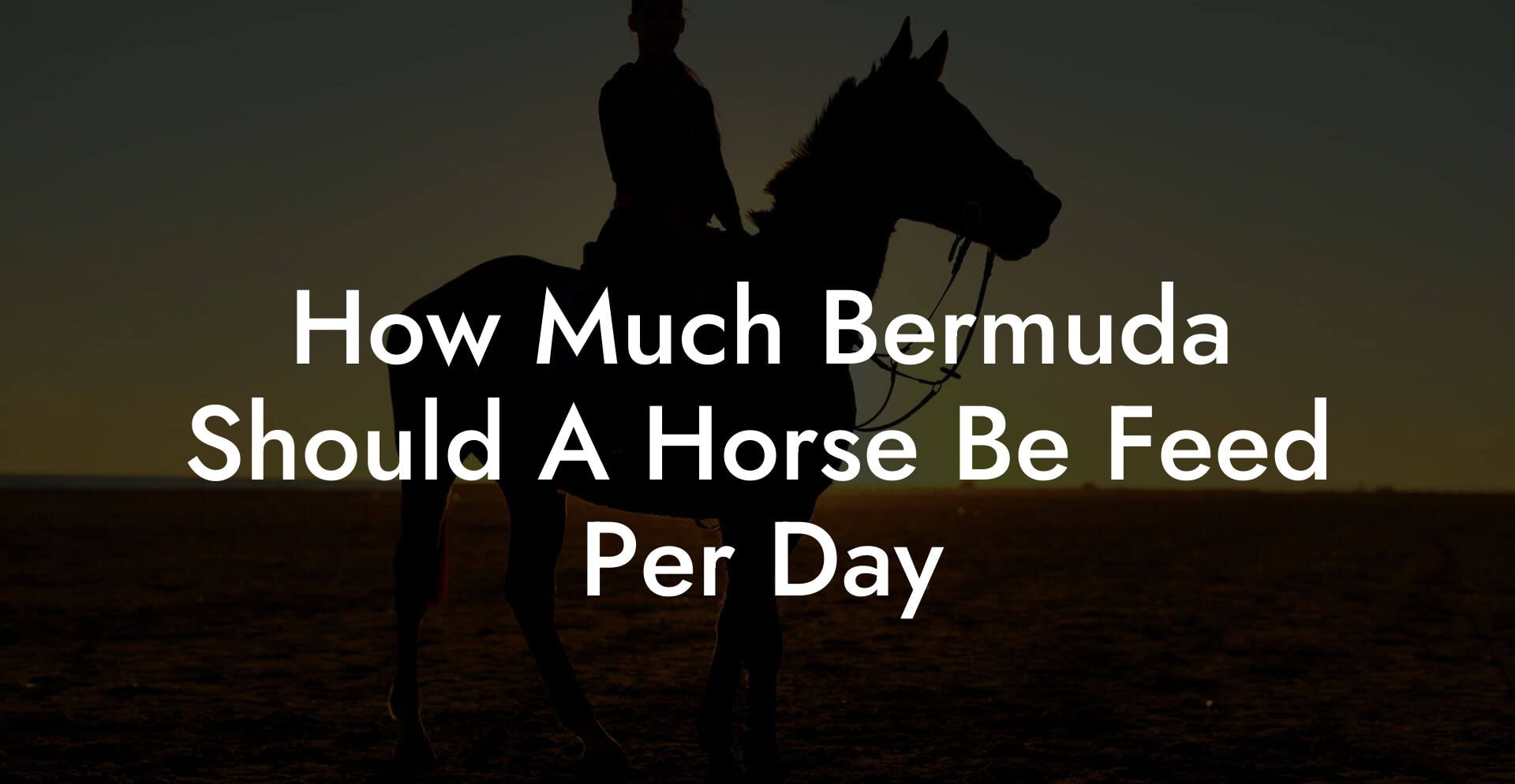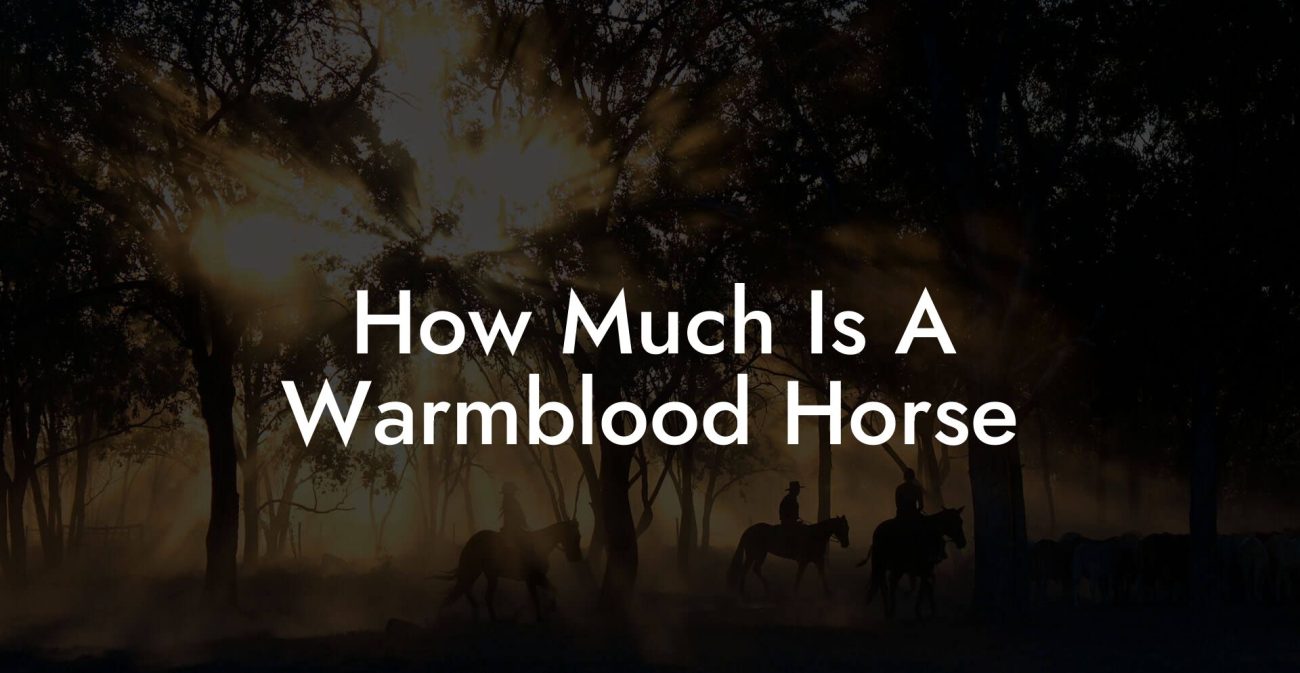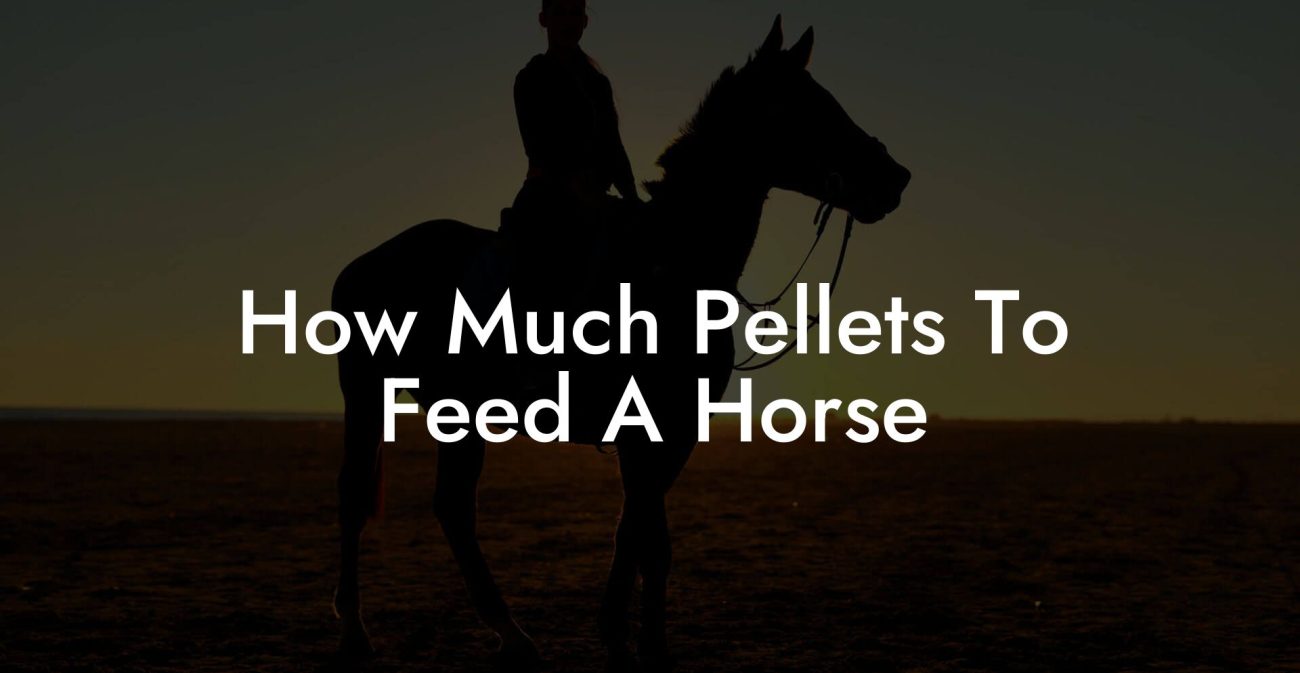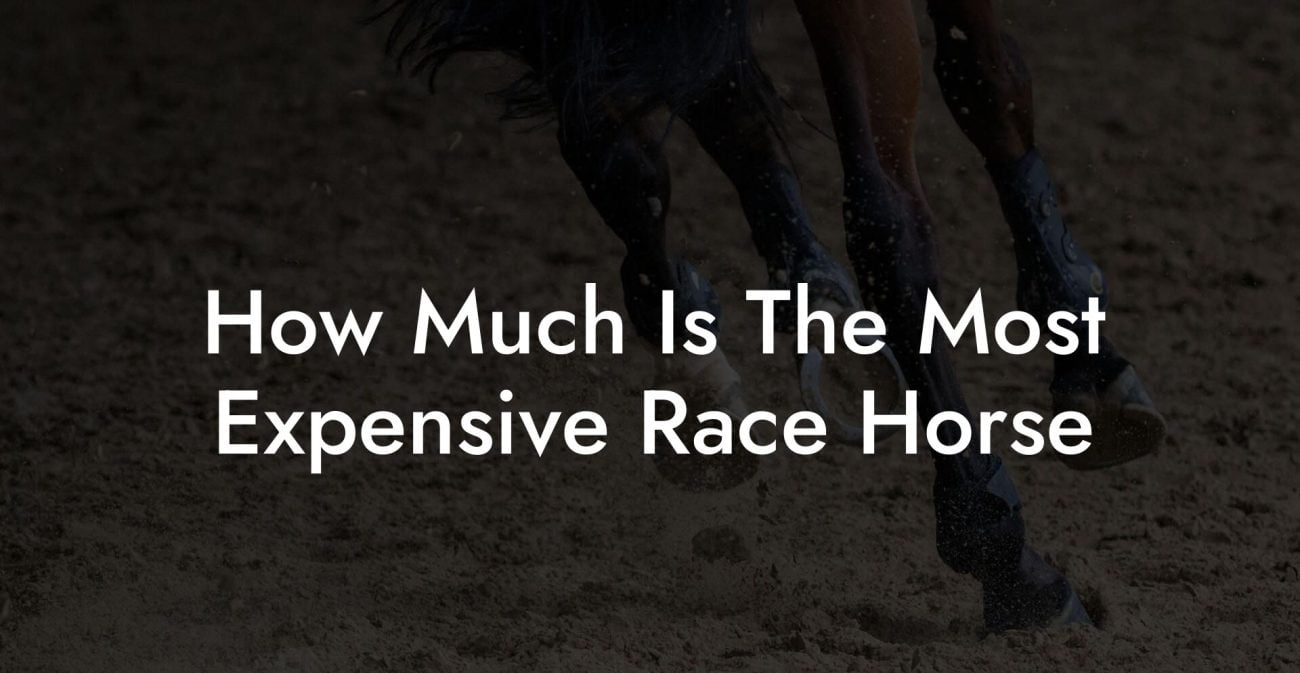Ever wondered if your horse is about to host an all-you-can-eat Bermuda hay buffet? It might sound as if your majestic equine friend is ready to chow down on endless lush green bites, but determining the precise amount of Bermuda to feed per day is an art, and a science, that every horse lover must master. Whether you’re juggling a busy lifestyle, keeping up with social media trends, or just trying to ensure your four-legged pal stays gallantly healthy, this guide dives deep into the world of Bermuda feed for horses. Buckle up for a wild, down-to-earth ride into understanding your horse’s dietary needs with humor, practicality, and a pinch of nerdy equine nutrition!
Quick Links to Useful Sections
- The Grass is Greener: What Exactly Is Bermuda Feed?
- Nutritional Nuggets: The Benefits of Bermuda Grass for Horses
- How Much Bermuda Should a Horse Be Fed Per Day?
- Decoding the Daily Feed Schedule: Timing, Portions, and Tips
- The Power of Small, Frequent Meals
- Feeding Techniques to Keep Mealtime Exciting
- Monitoring and Adjusting Portions
- Comparing Bermuda with Other Forage Options
- Bermuda Hay vs. Timothy Hay
- Bermuda Hay vs. Orchard Grass
- How to Transition Your Horse to Bermuda Hay
- Additional Dietary Considerations: Supplements, Grains, and More
- Real-Life Success Stories: Horses Thriving on Bermuda
- Case Study 1: Midnight, the Steady Workhorse
- Case Study 2: Daisy, the Social Grazing Diva
- Case Study 3: Buck, the Competitive Show Horse
- Common Feeding Mistakes and How to Dodge Them
- Resources and Community Support: Your Next Steps
- Beyond Bermuda: A Holistic Approach to Equine Diet Management
- Frequently Asked Questions About Feeding Bermuda Hay
- Your Journey to Equine Nutritional Mastery
The Grass is Greener: What Exactly Is Bermuda Feed?
Bermuda grass isn’t just a pretty face on sports fields and golf courses, it’s a staple in equine nutrition, known as Bermuda hay when harvested and dried. Native to warm climates, this versatile grass offers a well-balanced mix of fiber, protein, and essential nutrients. But before you start imagining your horse lounging on a Bermuda hay picnic blanket, it’s important to know how much of this luscious feed should go into their daily menu.
When we talk about “Bermuda feed,” we’re referring to hay derived from Bermuda grass as well as fresh pasture options in regions where Bermuda thrives. This feed is favored by many horse owners due to its digestibility and nutritional profile, although like any food, it must be balanced with other dietary components to form a well-rounded meal for your equine companion.
With a mix of crunchy textures and a mildly sweet flavor, Bermuda hay makes mealtime a delight for horses, but portion control isn’t just a human dilemma. A horse’s digestive system is finely tuned to process steady, moderate amounts of fiber throughout the day rather than one colossal meal. So, how do you strike the balance between “just enough” and “hay overload”? Read on as we break down the art of feeding Bermuda properly.
Nutritional Nuggets: The Benefits of Bermuda Grass for Horses
The nutritional profile of Bermuda grass is one of its biggest selling points. High in fiber, it supports a healthy digestive system, aiding in proper gut motility and reducing the risk of colic, a serious concern for horses. Additionally, Bermuda hay offers:
- Excellent Digestibility: Its high fiber content makes it easier on your horse’s stomach, ensuring steady energy release throughout the day.
- Protein Content: While not as high as some other hay types, the protein in Bermuda is sufficient for maintaining muscle and tissue health, especially in mature horses.
- Minerals and Vitamins: Rich in calcium, magnesium, and trace vitamins, Bermuda contributes to strong bones and overall well-being.
- Low Sugar and Starch: A safer option for horses prone to metabolic issues, such as insulin resistance or laminitis.
However, it isn’t all sunshine and rainbows in the Bermuda patch. Just like any singular feed type, it corners the risk of nutritional imbalances if not paired with diverse feed sources and proper management. Too much of even the healthiest hay can lead to problems like obesity, digestive disturbances, and nutrient deficiencies.
The bottom line: Bermuda hay is an excellent component of your horse’s diet, but like your favorite artisanal avocado toast, it’s best enjoyed in moderation and flavorsome combinations.
How Much Bermuda Should a Horse Be Fed Per Day?
Let’s get down to brass tacks, what exactly is the daily serving of Bermuda for your horse? The simple answer? It depends. Just as no two horses are identical (think of the majestic diversity between a racehorse and a retired plow horse), feeding amounts should be tailored to factors such as the horse’s weight, age, activity level, metabolic rate, and overall health.
A common feeding recommendation is to provide hay at approximately 1.5% to 2.5% of the horse’s body weight daily. For instance, for a moderately active 1,000-pound horse, that translates roughly to 15 to 25 pounds of Bermuda hay per day. But hold on, these numbers are only a starting point!
It’s essential to consider that this guideline primarily applies when Bermuda hay is the major forage in the diet. Horses on pasture with abundant Bermuda grass might need less hay supplementation, while horses with higher energy demands (like show jumpers or eventers) or those in cooler climates might require adjustments.
Here are a few key points to keep in mind:
- Body Weight: Larger horses require more body mass of hay, while ponies and miniature horses need significantly less.
- Activity Level: A high-performance athlete or a working horse might need an increased ration to fuel constant activity.
- Age and Health: Young, growing horses and seniors have unique nutritional needs. Digestive efficiency changes over time, so consider these factors when measuring feed amounts.
- Other Feed Sources: If your horse’s diet includes concentrates, grain, or supplementary feeds, adjust the purview on hay intake accordingly.
By observing your horse’s body condition and performance, you can tweak these percentages to achieve the best results. Always consult with your equine nutritionist or veterinarian to customize the feeding program to your horse’s individual needs.
Decoding the Daily Feed Schedule: Timing, Portions, and Tips
Feeding a horse isn’t a “one and done” procedure, nor is it like feeding your Instagram-worthy avocado toast in one sitting. Horses are natural grazers, and their digestive systems are optimized for steady intake throughout the day. Splitting the daily feed into multiple meals offers several advantages:
The Power of Small, Frequent Meals
Much like those healthy snack breaks that keep you energized during long study sessions or office hours, small, frequent feedings work wonders for horses. Dividing the total Bermuda hay into two to three meals helps maintain a consistent energy level, reduces the risk of colic caused by overeating, and keeps the gut microflora happy.
For instance, if a 1,000-pound horse requires 20 pounds of Bermuda hay per day, you might allocate it as roughly 7 pounds in the morning, 7 pounds in the afternoon, and 6 pounds in the evening. This steady rhythm mirrors a natural grazing pattern and supports optimal digestive health.
Feeding Techniques to Keep Mealtime Exciting
Let’s be real: even horses can get bored of the same old hay routine. Spice things up by varying presentation methods. Consider incorporating hay nets, slow feeders, or even rotating different hay types alongside Bermuda. Not only does this add mental stimulation, but it also encourages natural foraging behaviors and can prevent rapid consumption, keeping digestion in check.
A little creativity goes a long way, think of it as the equine equivalent of meal prepping with a twist. It’s all about keeping your horse engaged and ensuring that each nibble is as beneficial as it is delicious!
Monitoring and Adjusting Portions
Overfeeding is a common pitfall for new horse owners, and while a chubby horse might look adorable, too much feed can lead to obesity, laminitis, and decreased performance. Monitor your horse’s weight regularly, and make adjustments as needed. Look for cues like changes in body condition score (BCS), lethargy, or digestive issues, as these might signal that your feeding strategy requires a tweak.
In essence, regular check-ins are your secret weapon in maintaining the perfect balance between health and hunger. Trust your instincts, if your horse seems full or is gaining too much weight, it might be time to experiment with slightly lesser amounts the following day.
Comparing Bermuda with Other Forage Options
Bermuda hay stands tall among the pantheon of equine forages, but how does it stack up against its peers? Understanding the nuances of different hays can help you tailor your horse’s diet even further.
Bermuda Hay vs. Timothy Hay
While Bermuda is celebrated for its robust flavor and digestibility, Timothy hay is often preferred for its moderate nutrient content and softer texture, ideal for horses with dental issues or those prone to respiratory concerns from dust. Bermuda typically offers higher fiber content, which is excellent for maintaining a healthy gut, but it might be a tad coarser than Timothy. The choice between the two often comes down to the individual needs of your horse and specific regional availability.
Bermuda Hay vs. Orchard Grass
Orchard grass is another competitor, rich in nutrients and particularly appealing to horses who prefer a sweeter taste. Compared to Bermuda, orchard grass might be more palatable for picky eaters, but it can be less fibrous. In scenarios where digestive efficiency is paramount, Bermuda hay’s dense fiber content can be more beneficial. Mixing these hays can allow you to capture the best of both worlds, providing variety and balance to your horse’s diet.
Ultimately, diversification is key. A blend of different hays can ensure your horse gets a comprehensive nutrient profile while keeping mealtime as varied as your favorite playlist.
How to Transition Your Horse to Bermuda Hay
Switching your horse’s feed isn’t like swapping out your morning latte for a trendy matcha alternative, the process requires a careful, incremental approach. Abrupt dietary changes can trigger digestive upset or colic, so build a transition plan that gradually introduces Bermuda hay into your horse’s routine.
Here’s a step-by-step roadmap to a smooth transition:
- Week 1: Mix 75% of your current hay with 25% Bermuda hay. Observe how your horse responds.
- Week 2: Adjust the mixture to 50% current hay and 50% Bermuda hay.
- Week 3: Transition to 25% current hay and 75% Bermuda hay.
- Week 4: Switch entirely to Bermuda hay if your horse has shown no signs of discomfort.
This gradual process helps your horse’s digestive system adapt to the new source, minimizing the risk of adverse reactions and ensuring they reap all the nutritional benefits Bermuda has to offer.
Additional Dietary Considerations: Supplements, Grains, and More
While Bermuda hay is a star player in your horse’s diet, it shouldn’t perform solo. To compose a diet worthy of your equine champion, consider integrating other nutritional components:
- Concentrates and Grains: These provide the additional energy required for high-performance activities. However, many horses on a Bermuda-based diet might require minimal grain supplementation, unless they are heavy athletes.
- Vitamin and Mineral Supplements: Depending on your horse’s overall health and other feed components, supplements might be necessary to bridge any nutritional gaps, particularly for minerals like selenium and vitamins like A and E.
- Fresh Water: Although it might sound obvious, ensuring your horse has constant access to clean, fresh water is paramount. Adequate hydration supports digestion, nutrient absorption, and overall health.
- Forage Variety: As discussed, mixing Bermuda hay with other forage types can encourage a balanced nutrient intake and prevent boredom at mealtimes.
The idea is to create a harmonious diet that supports digestion, maintains energy levels, and keeps your horse’s coat shiny and their mane flowing. Experiment with different combinations and consult with an equine nutrition expert to tailor these details to your specific herd dynamics.
Real-Life Success Stories: Horses Thriving on Bermuda
You might be wondering if all this fuss over Bermuda hay truly translates into happy, healthy horses. Let’s ride through a few real-life stories that highlight the transformative power of a well-planned Bermuda feeding program.
Case Study 1: Midnight, the Steady Workhorse
Midnight is a 1,100-pound ranch horse known for his tireless work ethic and reliable demeanor. Previously, his owner noticed that his energy levels dipped mid-day, leading to behavioral quirks and a less than stellar coat. Upon shifting to a diet featuring Bermuda hay at roughly 2% of his body weight, carefully divided into three meals, Midnight’s digestive efficiency improved markedly. Within a couple of months, his coat regained its shine, and his overall stamina soared. The secret? The consistent fiber and nutrient-rich content of Bermuda that provided stable energy likely played a significant role.
Case Study 2: Daisy, the Social Grazing Diva
Daisy, a 950-pound mare with a reputation for being a bit of a diva, used to be a picky eater when it came to her daily hay ration. However, introducing Bermuda hay into a rotational grazing system alongside other hays not only piqued her curiosity but also enhanced her digestive health. By monitoring her body condition and slowly increasing her Bermuda hay ratio, Daisy transitioned into a horse with better overall health markers. Her owner noted improved digestive regularity and increased social interactions around feeding time, painting a picture of a mare that is both nourished and content.
Case Study 3: Buck, the Competitive Show Horse
Buck is a spirited 1,200-pound thoroughbred show jumper who required a diet that could keep up with his high energy levels and rigorous training schedule. Through careful calculation, his feed manager determined that his Bermuda hay intake should hover around 2.5% of his body weight, tailored further with concentrated supplements on competition days. The result was a notable uptick in performance metrics, and Buck’s agility on the course reached new peaks. Observers remarked on his lean, muscular build and improved endurance, an impressive feat credited largely to the optimal balance provided by his well-timed Bermuda feed.
These stories underscore that when you combine precise measurements with attentive care, Bermuda hay can be not just a portion of your horse’s diet but a critical foundation for a long, healthy, and vibrant life.
Common Feeding Mistakes and How to Dodge Them
Even the most dedicated horse owner can stumble into feeding faux pas. Here are some of the most common pitfalls and expert tips on how to sidestep them:
- Overfeeding: It might be tempting to offer extra hay “just in case,” but overfeeding can lead to weight gain and laminitis. Stick to the prescribed percentages and adjust only after careful observation.
- Not Accounting for Other Feed Sources: When supplements, grains, or pasture grazing are in the mix, failure to adjust the Bermuda hay portions can result in an imbalanced diet.
- Rapid Feed Transitions: Changing hay types abruptly is a fast-track to colic and digestive disturbances. Always transition slowly over several days or weeks.
- Ignoring Seasonal Changes: Bermuda grows differently under changing weather conditions. In seasons when the grass is lush, adjust the feeding amounts accordingly to avoid nutritional overload.
- Lack of Monitoring: Regular checks of your horse’s body condition and weight are essential. Without monitoring, you may miss the subtle signs that an adjustment is necessary.
A mindful approach to feeding, coupled with regular consultations with your vet or equine nutritionist, will help ensure that your horse does not fall prey to these common mistakes.
Resources and Community Support: Your Next Steps
Embarking on the journey of mastering your horse’s diet with Bermuda hay is not a lone trek across the prairie, it’s a community endeavor. Countless resources, support groups, forums, and expert blogs can offer advice, share success stories, and provide updates on the latest equine nutritional research.
Consider joining local equestrian clubs or online communities dedicated to holistic horse care. Social media groups, webinars, and live Q&A sessions are goldmines for tips and peer support. Whether you’re questioning that extra scoop of hay or looking to switch up the feeding strategy after a vet visit, remember that community wisdom can help tailor your approach.
Your next steps might include subscribing to equine nutrition newsletters, following veterinarians on platforms like Instagram or TikTok, or even attending regional equine nutrition conferences. The equestrian world is dynamic, and staying educated ensures that your horse’s regimen remains cutting-edge, safe, and utterly delicious.
Beyond Bermuda: A Holistic Approach to Equine Diet Management
While Bermuda hay represents a cornerstone of many horses’ diets, it’s crucial to see the bigger picture. A holistic approach to equine nutrition involves regular monitoring, integrating diverse feed sources, and fine-tuning the diet based on your horse’s daily performance and health status.
Picture this: your horse isn’t just fueled by grass, but by a balanced mix of hay, concentrate feeds, minerals, and even the occasional treat (just don’t let them start expecting fancy sugar cubes every day!). Scheduling regular check-ups, tracking alimentary changes, and documenting performance trends are all parts of this comprehensive puzzle.
Equine diet management is an ongoing conversation between you, your horse, and the experts you rely on. With the right synergy between science, experience, and a dash of intuition, you can ensure that your horse’s daily feed not only fuels moments of high-energy gallops but also supports long-term health.
Remember, nourishment is the foundation for building not only a robust physical condition but also for fostering a strong, trusting bond with your equine friend. With every bale of Bermuda hay served mindfully, you’re paving the way for a lifestyle that celebrates the joy of shared care, community wisdom, and the timeless beauty of the equestrian way of life.
Frequently Asked Questions About Feeding Bermuda Hay
Below are some of the most frequently asked questions about feeding Bermuda hay to horses, along with expert answers to help guide you on your nutritional journey.
1. How do I calculate the right amount of Bermuda hay for my horse?
A common guideline is to feed hay equal to about 1.5% to 2.5% of your horse's body weight per day. Adjust this based on your horse’s age, activity level, and other feed sources.
2. Can Bermuda hay be the sole source of forage in my horse’s diet?
Yes, for many horses, Bermuda hay can provide all the necessary fiber and nutrients. However, it’s best to diversify with other hay types or fresh pasture when possible to ensure a balanced nutritional intake.
3. What are the benefits of feeding Bermuda hay?
Bermuda hay is highly digestible, rich in fiber, and low in sugar. These qualities support digestive health, steady energy release, and overall well-being in horses.
4. Why is it important to transition slowly to Bermuda hay?
A slow transition helps prevent digestive upset, colic, and other issues that may arise from a sudden change in diet.
5. How can I tell if my horse is receiving too much or too little hay?
Monitoring your horse’s body condition score and weight, along with observing their energy levels and digestive behaviors, will help you make timely adjustments.
6. Is Bermuda hay suitable for all types of horses?
While Bermuda hay is generally well-tolerated, specific nutritional needs vary with age, breed, and activity level. Older horses or those with metabolic issues may need modified feeding regimens, so professional advice is recommended.
7. Can I mix Bermuda hay with other types of hay?
Absolutely! Mixing Bermuda with other forages like Timothy or Orchard grass can provide a diverse nutrient profile and keep your horse’s diet intriguing.
8. How often should I reevaluate my horse’s diet?
Regular check-ups with a veterinarian or equine nutritionist are recommended, particularly when there are changes in your horse’s activity level, age, or health status.
Your Journey to Equine Nutritional Mastery
Managing the daily feed of Bermuda hay for your horse isn’t just a chore, it’s an adventure into the intricate world of equine nutrition. Every bale of hay, every measured scoop, and every grazing moment is a step towards optimal equine health and happiness. With science on your side and a community of passionate horse lovers backing you up, you have everything you need to forge a feeding regimen that celebrates your unique equine companion.
Embrace the journey with an open heart and a curious mind. Adjust your feed plans based on your horse’s cues, stay connected with fellow equine enthusiasts, and never be afraid to adapt your strategy as your horse evolves. From playful pasture moments to serious nutritional planning, every aspect of your management plays a role in building a thriving, spirited horse.
As you explore the nuances of daily Bermuda hay feeding, remember that your dedication is the secret ingredient to your horse’s success. The perfect feeding routine isn’t achieved overnight, it’s a dynamic process of learning, adjusting, and celebrating the small victories along the way. So go ahead, measure out that perfect ration, join the conversation, and let your horse gallop toward a future filled with health and vitality.
Your journey to equine nutritional mastery starts with a single bale, and it’s one that you and your horse will share with pride, passion, and plenty of grassy goodness.













